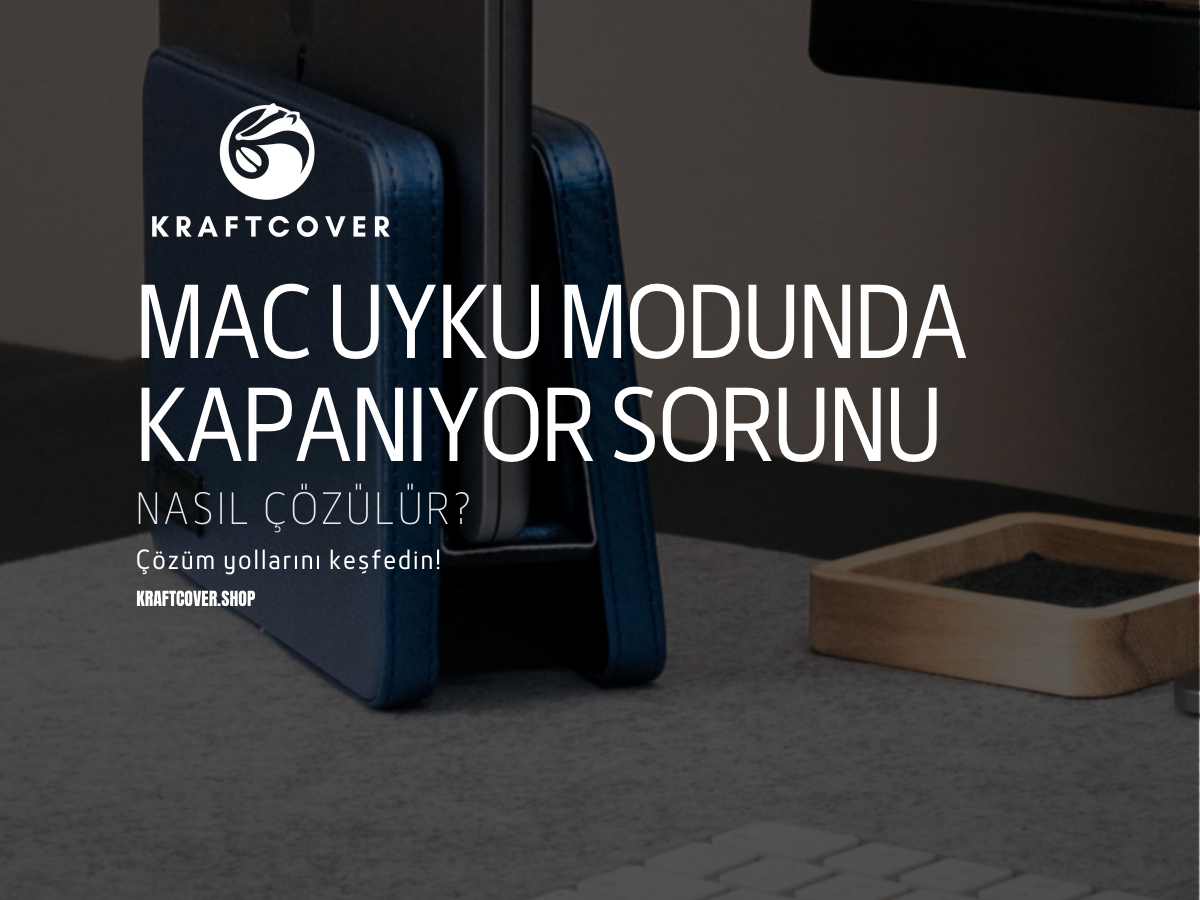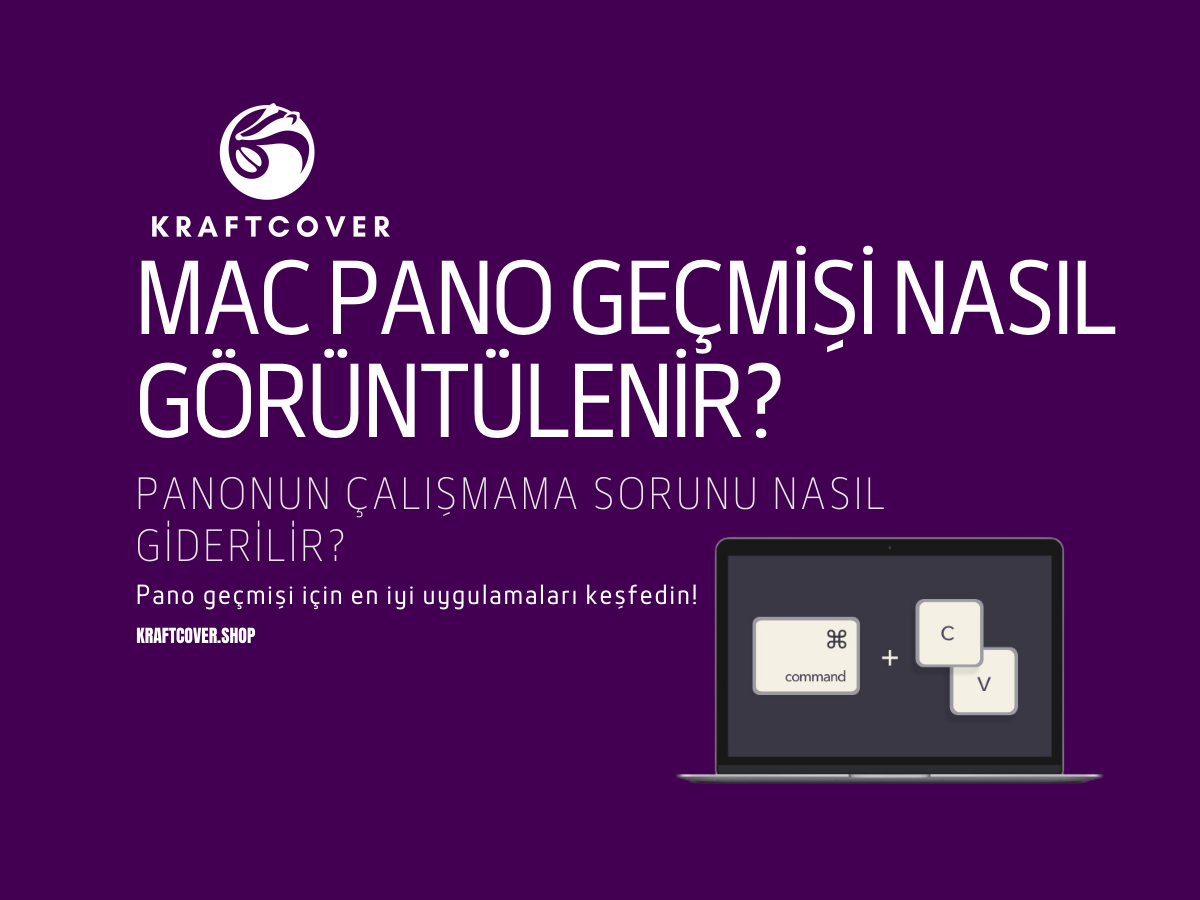MacBook Pro’nuz elinizi yakacak kadar ısınıyor mu? Fanlar sürekli yüksek hızda ve yüksek sesle mi çalışıyor? Piliniz çabuk tükeniyor veya cihazınız yavaş mı çalışıyor? Eğer öyleyse, MacBook Pro aşırı ısınma sorunu ile mücadele etmeniz gerekebilir. MacBook Pro, donanımsal ve yazılımsal sorunlar nedeni ile aşırı ısınma sorunu ile gündeme geliyor.
Bu rehberde:
· MacBook Pro’nun aşırı ısınma nedenlerini
· Isınmayı önlemek için etkili çözüm yollarını
· Uzun vadeli performans artırma ipuçlarını bulacaksınız!
MacBook Pro Neden Aşırı Isınıyor? (4 Temel Sebep)

MacBook Pro cihazlarda yaşanan aşırı ısınmanın birkaç nedeni olabilir. İşte en yaygın sebepler:
1️-) Ağır İşlem Yapan Uygulamalar
Chrome, Photoshop, Final Cut Pro, Premiere Pro, video düzenleme yazılımları ve oyunlar gibi uygulamalar CPU ve GPU'yu yoğun şekilde kullanır. Bu da aşırı ısınmaya neden olabilir.
Çözüm:
· Etkinlik Monitörü’nü açın (Spotlight > Etkinlik Monitörü)
· Hangi uygulamanın CPU’yu en çok tükettiğini kontrol edin.
· Kullanmadığınız açık sekmeleri kapatın ve alternatif hafif uygulamalar kullanın.
MacBook Pro ısınma sorunu yaşıyorsanız, Chrome yerine Safari kullanmak iyi bir çözüm olacaktır.
2️-) Fanlar Yetersiz Çalışıyor veya Tıkanmış
MacBook’un içinde bulunan soğutma fanları, kir ve toz nedeniyle düzgün çalışmayabilir. Bu da ısının yükselmesine sebep olacaktır.
Çözüm:
· Mac’inizin havalandırma kısmını düzenli olarak temizleyin.
· Üçüncü taraf uygulamalarla fan hızlarını kontrol edin (Macs Fan Control, iStat Menus).
· Fan çıkışlarını tıkayan nesneler olup olmadığını kontrol edin.
MacBook Pro ısınma sorunu fan kaynaklı olabilir. Sorunun fan kaynaklı olup olmadığını test etmek için Apple Diagnostics'i çalıştırabilirsiniz. Ekranda PPF001, PPF003 veya PPF004 gibi hata kodlarını görüyorsanız, fanınız hasarlı demektir. Bu durumda, Apple Destek ile iletişime geçmeniz ve cihazınızın onarılması gerekecektir.
3️-) Mac’inizi Yatak veya Koltuk Üzerinde Kullanıyorsunuz
MacBook’un hava çıkışları genellikle alt kapak kısımdadır. Eğer Mac’inizi yatak, yastık veya koltuk gibi yumuşak yüzeylerde kullanıyorsanız, hava dolaşımı engellenecek ve cihaz ısınacaktır. İç ısıyı azaltmak için Mac’in dışardan hava alması gerekir ve havalandırma delikleri alt kapakta bulunur.
Çözüm:
Mac’inizi sert ve düz bir yüzeyde kullanın.
Laptop standı veya soğutucu bir altlık kullanarak havalandırmayı artırın.
4️-) macOS Güncellemesi veya Hata Veren Yazılımlar
Bazı durumlarda macOS güncellemeleri yeni sistem yükü getirir ve bu da işlemciyi daha fazla çalıştırarak ısınmaya sebep olur. Özellikle MacBook Pro cihazınız eski bir model ise ısınma sorunu daha fazla ortaya çıkabilir. Bazı durumlarda ise güncellenmelerin yapılmamış olması ısınmaya sebep olabiliyor.
Her yeni güncellemede yeni bir iyileştirme sunar. Bu nedenle MacBook Pro aşırı ısınma sorunu için cihazınızın en son güncellemede olduğundan emin olmanız önemlidir.
Çözüm:
· Sistem Ayarları > Genel > Yazılım Güncelleme sekmesine giderek en güncel macOS sürümünü yükleyin.
· Güncellenmemiş veya arka planda sürekli çalışan uygulamaları kaldırın.
MacBook Pro Isınması Hakkında Sıkça Sorulan Sorular (SSS)

· MacBook Pro aşırı ısınıyor, ne yapmalıyım?
Öncelikle Etkinlik Monitörü’nü açarak fazla CPU kullanan uygulamaları kapatın. Fan çıkışlarını kontrol edin ve soğutucu bir altlık kullanmayı deneyin.
· Google Chrome MacBook’u neden çok ısıtıyor?
Chrome, yüksek RAM ve CPU tüketimi nedeniyle MacBook’unuzu hızla ısıtabilir. Alternatif olarak Safari veya Microsoft Edge kullanabilirsiniz.
· MacBook Pro fanları neden sürekli çalışıyor?
Fanlar sürekli çalışıyorsa, işlemcinin aşırı ısındığını gösterir. Ağır uygulamaları kapatın, fanları temizleyin ve fan hızlarını kontrol etmek için Macs Fan Control gibi bir uygulama kullanın.
· MacBook aşırı ısınınca zarar görür mü?
Uzun süre aşırı ısınan MacBook, pil ömrünü kısaltabilir ve performans düşüşüne neden olabilir. Isıyı düşürmek için yukarıdaki çözümleri uygulamanız önerilir.
MacBook Pro sıcaklığını nasıl ölçülür?
Macs Fan Control, iStat Menus gibi uygulamalar ile CPU ve GPU sıcaklığını kontrol edilebilir.
Sonuç: MacBook Pro Isınmasını Önlemek İçin Ne Yapmalısınız?
MacBook’unuz aşırı ısınıyorsa, öncelikle CPU'yu en çok kullanan uygulamaları kapatarak sistem yükünü azaltmalısınız. Eğer tarayıcı kaynaklı ısınma yaşıyorsanız, Chrome yerine Safari veya Edge kullanabilirsiniz. MacBook'unuzu sert bir yüzeyde kullanarak ve fanlarını temizleyerek hava akışını iyileştirebilirsiniz.
Fanlar sürekli yüksek hızda çalışıyorsa veya MacBook’unuz aşırı ısınıyorsa, Etkinlik Monitörü'nden CPU kullanımını kontrol edin ve gereksiz arka plan işlemlerini kapatın. Eğer hala aşırı ısınma sorunu devam ediyorsa, bir Apple Servisi’ne danışmanız faydalı olabilir.
Ayrıca inceleyin: Neden Bazı MacBook Kullanıcıları Ekranlarını Asla Temizlemiyor? Bilim Bunu Açıklıyor




